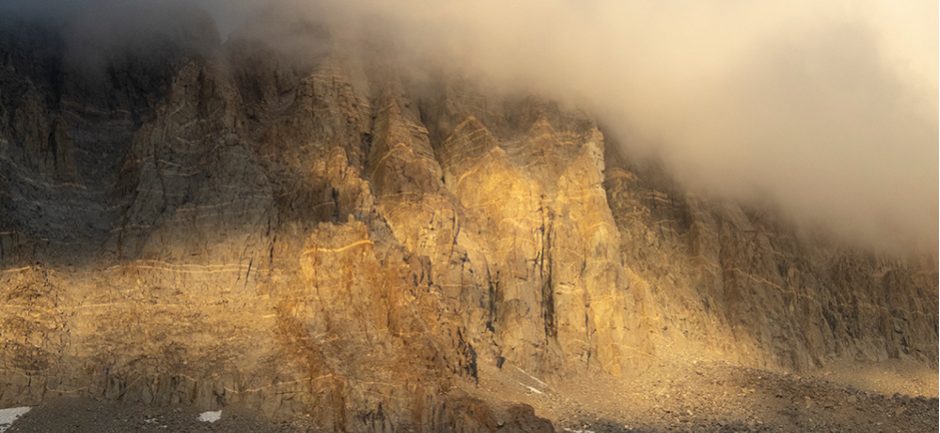In one of his memoirs, Gary Snyder tells of moving to Kyoto, Japan. After a week or two, he noticed the city was not welcoming him. Kyoto is many things, including the Imperial capital for over a thousand years, but most relevant to his situation, it is a city of three thousand shrines from temples spanning a city block to a simple shrine in a niche on a back alley. After a long day visiting the major shrines and whatever other shrines he passed, Kyoto welcomed him.
Diana Conces, an Austin poet, recently read one of her poems about arriving in New England by air, but not really feeling arrived. After due consideration, she stopped at a road side stand and had a lobster roll with pineapple cole slaw. With a local specialty inside, she had arrived.
Beyond these two examples, how to deal with dislocation of place? Local foods and local gods/spirits/lords differ but both were part of the location’s fame. If I was visiting San Francisco, I’d go for the food to settle in, probably a sandwich of the local salami or cold cuts on sourdough french bread. Best consumed, weather permitting, somewhere you can see or smell the fog and hear the foghorns blow.
In Austin, Texas? Probably walk around Lady Bird Lake, eating a taco while on your way to pay your respects to either Stevie Ray Vaughn’s or Willie Nelson’s statue.
New York City? On my one visit there with my grandparents as a kid, we went by the Empire State Building and peered up at it from the car. Now days? Probably something involving local bagels, a mixed drink, and a Jewish deli.
In Gary Snyder’s case, it’s easy to say he visited the thin spaces where heaven and earth are closer than usual. How do you find the thin spaces in a new location?
